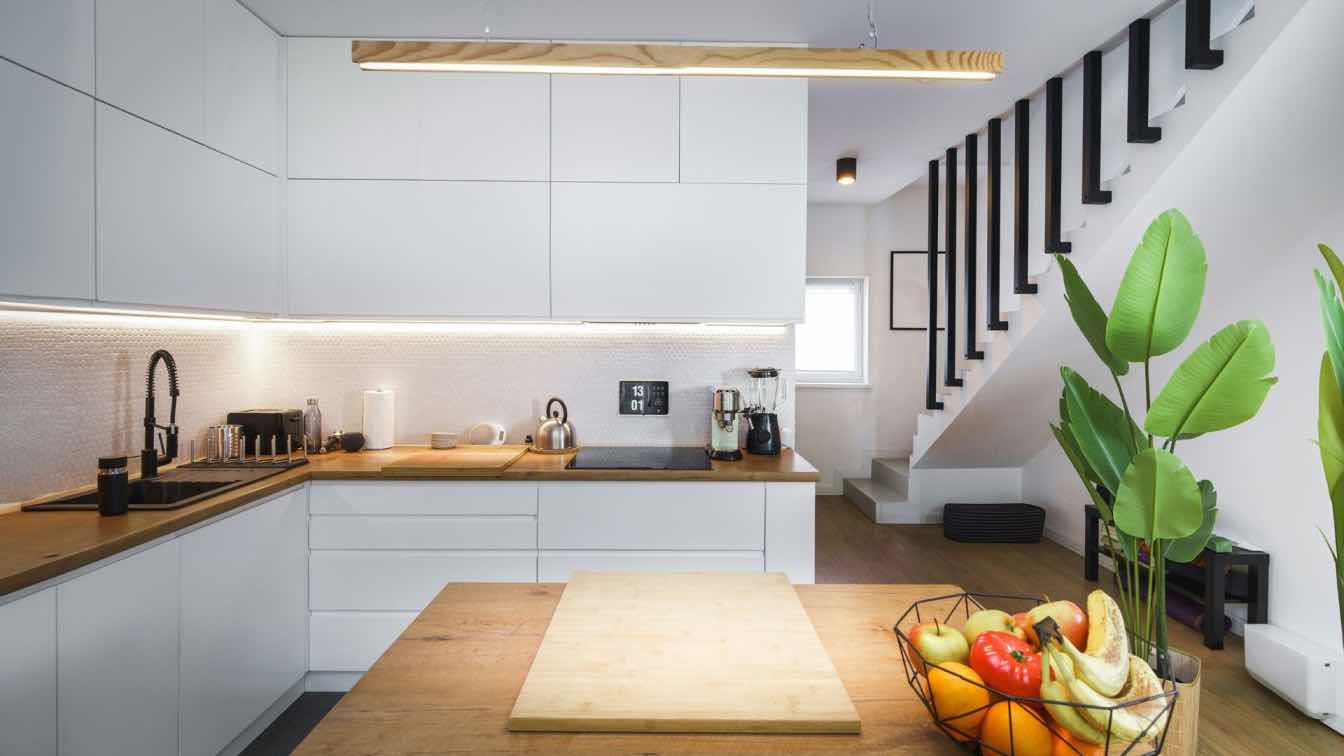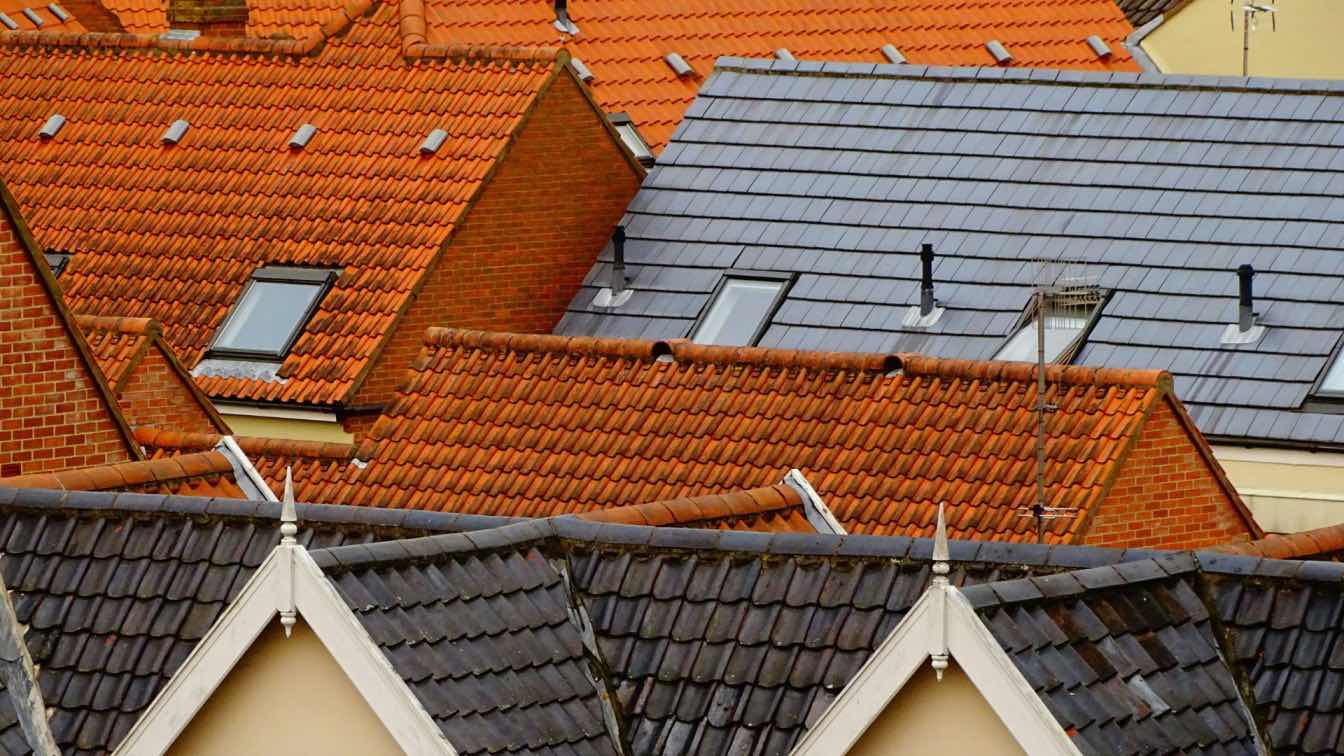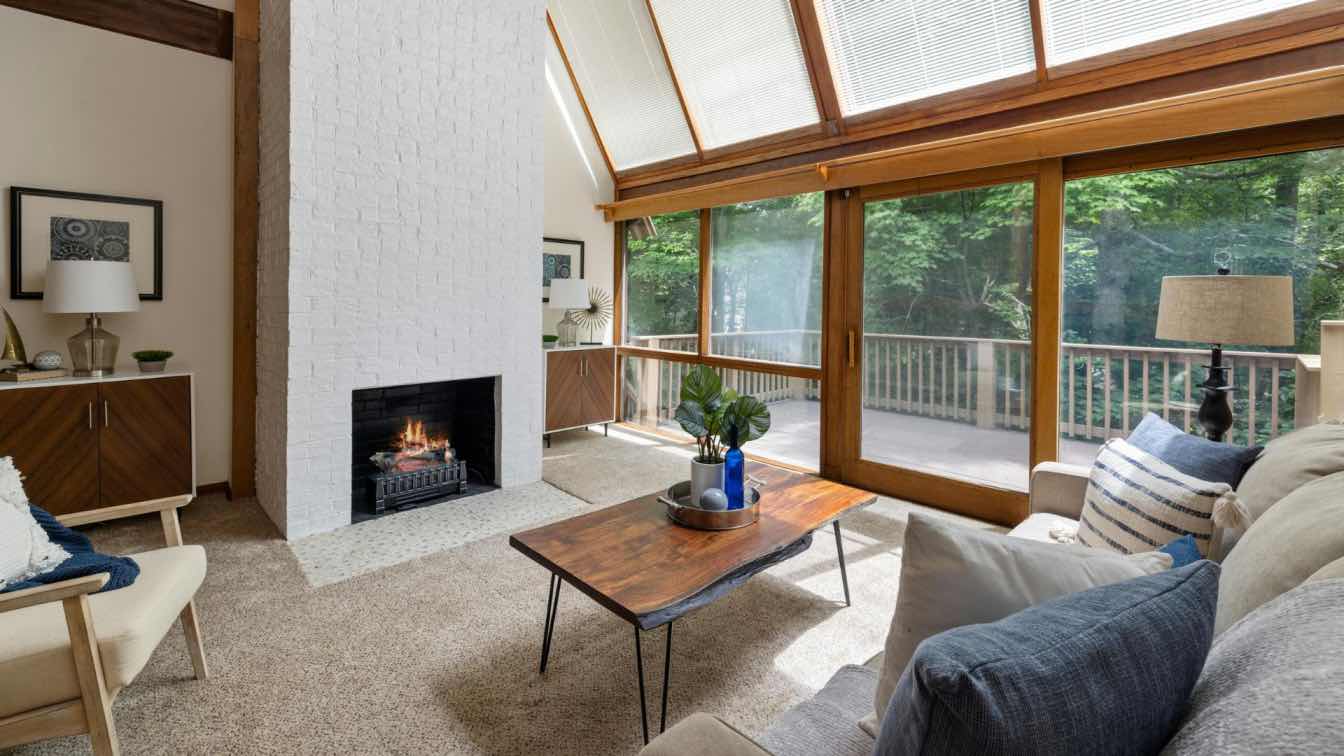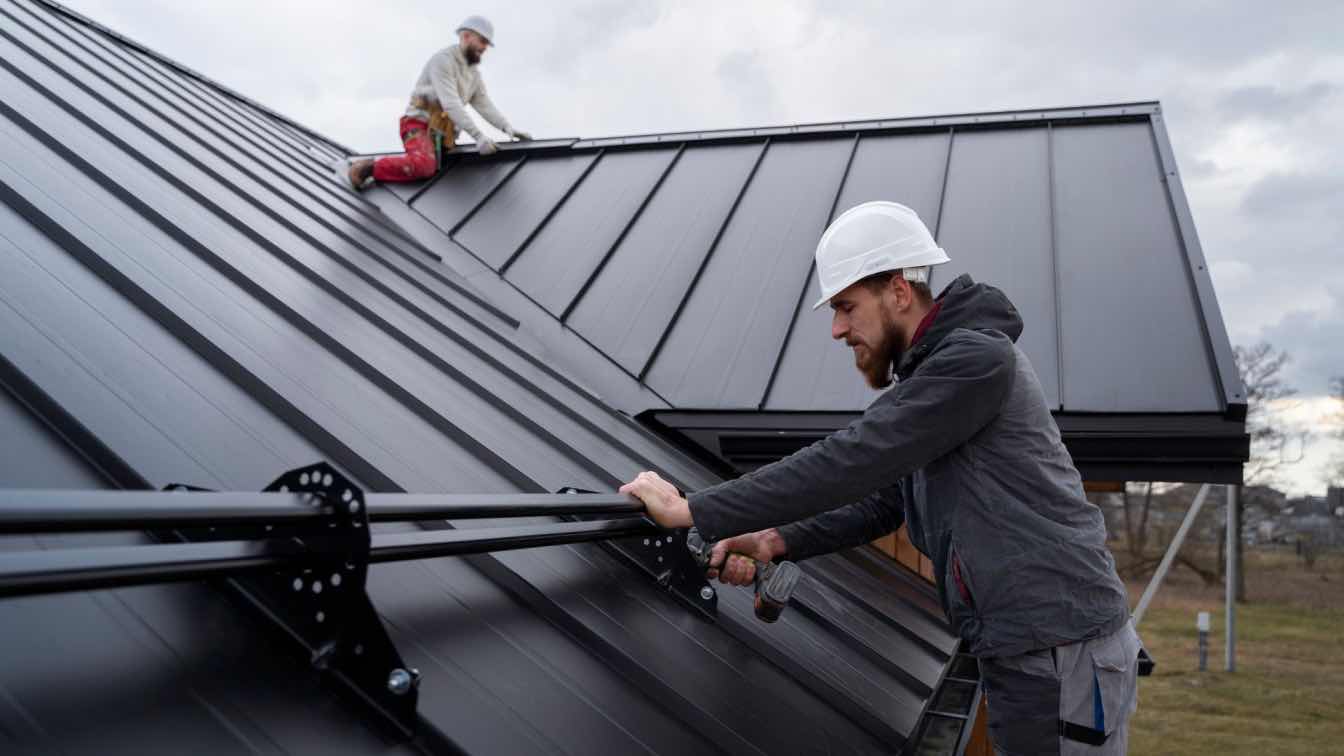Moving is never just about packing boxes; it's about uprooting a life and a home. When that home is a deeply integrated, intelligent residence, the task can feel less like a simple move and more like a high-stakes technical mission.
This isn't just about transporting furniture; it's about carefully disassembling and then flawlessly reassembling a digital ecosystem, a network that defines your comfort and daily routines. With the average U.S. household now containing more than 20 smart devices, this is a complex logistical and technical challenge.
For a seamless transition, professional moving specialists become an essential part of your team, providing the meticulous care needed for every delicate piece of technology and furniture.
This guide is your blueprint for a smooth transition, proving that with the right approach and the right partners, the process can be as intelligent as the home you're building.
The Blueprint for an Intelligent Residence
A truly intelligent home is designed around you, your needs, your habits, your family. Technology should be so seamless that you "forget they're even using" the system. This is achieved through diverse, user-friendly control systems, whether you prefer touchscreens, a voice command, or a mobile app.
This careful consideration of personal experience directly impacts the type of technology you choose and, ultimately, how you will manage it during a move.
The Foundation for a Future-Proof Home
A smart home's longevity is tied to its ability to adapt and grow. The best systems are built on a foundation of interoperability, allowing devices from different manufacturers to work together in harmony.
A scalable system can also easily accommodate new devices, protecting your initial investment. When it comes time to move, a flexible system is far easier to re-establish in a new environment without needing a total rebuild.
The following provides a technical overview of common communication protocols and their implications for relocation.
Wi-Fi: Easiest to move. Requires manual reconfiguration to new Wi-Fi credentials.
Zigbee: Devices must be unpaired from the old hub to be re-paired at the new location. Relies on a strong mesh, and a new layout may require adding repeaters.
Z-Wave: Similar to Zigbee, devices must be excluded from the old network before re-pairing to the new. Physical layout changes may affect network strength.
Matter: Designed to simplify integration across platforms, but re-pairing still requires a careful process.
How High-End Design Conceals Technology
For a discerning homeowner, the most sophisticated technology is the technology that you don't see. Modern design prioritizes "invisible or beautifully integrated hardware" that seamlessly blends into a space. This is achieved in a number of clever ways:
Concealed Audiovisual: Large televisions can be hidden behind motorized wall panels or within custom credenzas, preserving a room's intended ambiance.
Integrated Lighting: Linear light fixtures are recessed into ceilings and walls, eliminating the distracting "airplane runway appearance" of can lighting. This allows lighting to serve as an architectural element, accentuating textures and art collections.
Discreet Security: Security cameras and entry systems are often discreetly embedded into the home's structure or coated to match a surface's color and texture, respecting the architectural integrity of the design.
The more deeply technology is integrated into a home's architecture, the more complex the move becomes. The process of moving such a deeply integrated system bears a striking resemblance to the meticulous planning required to transport a large-scale art installation or a historic building.
The Logistics of a Smart Home Transition
Pre-Move Preparation: Inventory, Audits, and Professional Consultations
The first and most critical step is a comprehensive audit of both the current and new residences.
Comprehensive Inventory: Begin by creating a detailed list of every smart device, noting which are hardwired and which are wireless. This list provides a crucial reference for re-installation.
Technical Audit of the New Home: Before any devices are packed, the new location must be assessed to ensure its infrastructure is ready. This includes checking for robust Wi-Fi coverage, adequate Ethernet wiring, and utility compatibility. For example, hardwired devices like smart thermostats require a "C-wire" to provide consistent power, and checking for this ahead of time can save you considerable time and money.
Professional Consultation: For complex or high-end systems, a consultation with a system integrator is invaluable. This professional can assess the feasibility of the move, identify potential issues, and formulate a detailed plan.
The following checklist provides a structured approach to managing the technical aspects of the relocation.
Pre-Move
Inventory & Audit: Create a master list of all smart devices. Note hardwired and wireless devices.
Network Assessment: Check Wi-Fi coverage at the new location. Plan for a new router/mesh system and access points.
Device Compatibility: Verify hardwired devices (e.g., thermostats) are compatible with the new home's infrastructure (e.g., C-wire).
Professional Consultation: For complex systems, consult a system integrator to plan the move and re-installation.
Data Decommissioning: Reset all devices being left behind to factory defaults. Change passwords and delete personal data from cloud accounts.
Day of Move
Hub Disconnection: Disconnect and power down the central hub (e.g., Google Home, SmartThings) last.
Device Unpairing: Exclude and reset all mesh network devices (Z-Wave, Zigbee) before packing them to ensure a clean start in the new home.
Secure Packaging: Wrap delicate electronics in a durable case or bubble wrap to prevent damage during transit.
Post-Move
Network Setup: Install and configure the new router and Wi-Fi network first.
Strategic Re-pairing: Reconnect devices to the hub in a planned order, starting from the center of the new home and working outward to build a strong mesh network.
System Re-configuration: Update the home address in all apps and re-create automations and scenes.
Outage Plan: Create a plan for power and internet outages to ensure essential security and safety devices remain functional.
Best Practices for Hardwired and Wireless Devices
The physical relocation is where your design philosophy and technical logistics converge. The most common cause of post-move issues is the failure to properly decommission devices from the old environment.
The Hub is the Brain
The central hub is the brain of the smart home, and its physical location change can cause the entire system to fail.
Protocol-Specific Procedures
Wi-Fi Devices: These are generally the most straightforward to relocate. Once the new Wi-Fi network is active, they simply need to be manually reconfigured. A professional tip is to configure the new router with the same network name and password as the old one, which allows many devices to reconnect automatically.
Mesh Network Devices (Zigbee, Z-Wave): Unlike Wi-Fi, these devices are highly dependent on their network environment. A best practice is to unpair and reset them at the old location before the move, a process known as "excluding" the device. A professional moving team can work from a comprehensive inventory list to ensure every device is properly disconnected from the network before it's packed.
The Critical Importance of Factory Resets
Privacy and security are paramount. For any devices left behind, a factory reset is mandatory to protect your personal data, passwords, and cloud-based information from the new owners.
Conclusion
The journey into a new intelligent residence is a powerful testament to the value of holistic planning. A successful transition is not simply defined by whether the Wi-Fi works or the lights turn on, but by the re-establishment of a living environment that is seamless, elegant, and secure.
This is achieved through a collaborative process where the vision of the designer, the precision of the system integrator, and the meticulousness of the specialized mover converge.
The most valuable recommendation for a homeowner is to engage a professional system integrator and a specialized moving team early in the process. These experts can create a detailed plan, manage the technical decommissioning, and oversee the flawless re-installation of the smart home's complex ecosystem. By treating the move as a highly coordinated technical project, a house becomes a home that is truly as intelligent as it is beautiful.





